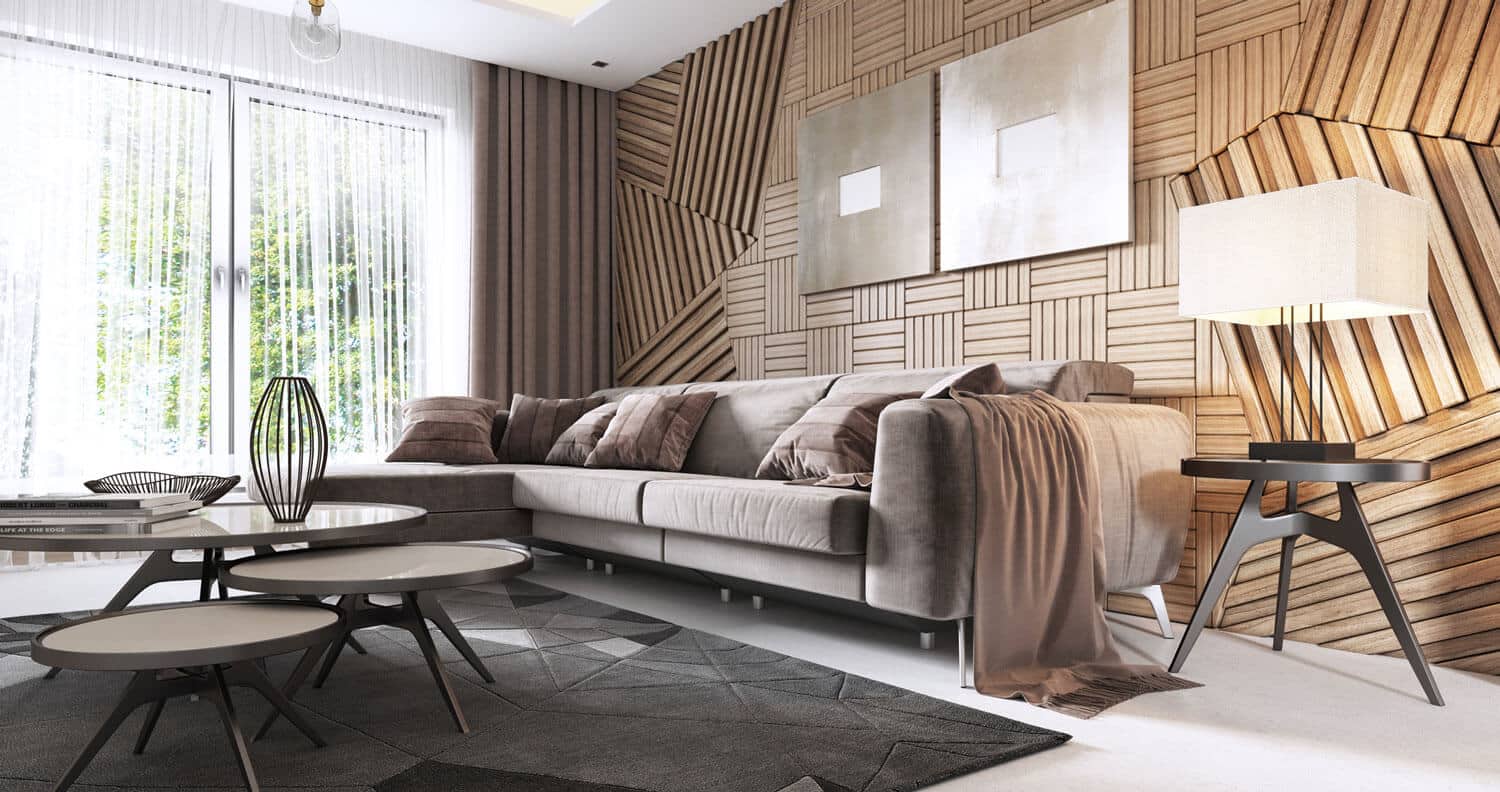One could easily assume that contemporary and modern furniture are the same thing. This is not entirely true. It is true that each style is the result of different influences and times, but it is understandable that there is some confusion between the two at the moment.
Table of Contents
How Does Modern Furniture Design Differ From Traditional Furniture Design?
In the early 1900s, a school of design was established, known as Bauhaus, which produced modern furniture. They created these designs in reaction to the ornate designs of their predecessors. Take a moment to ponder the flourishes and ornamentations of this period. Modernism conjures up the opposite of the past. Cleanliness and simplicity are the hallmarks of modern life. It is characterized by:
- Designs with a minimalist aesthetic
- Surfaces that are smooth
- Lines that are clean and straight
- Neutral colors with vibrant accents
- Wood and metal materials
Throughout the 1950s and 1960s, this style would remain popular through the mid-century modern movement.
A contemporary piece of furniture, however, does not belong to a specific movement. Taking into account the contemporary designs of today, contemporary furniture has no rigid definition. Thus, it’s easy to understand why there is so much confusion between modern and contemporary design. It’s no secret that modern design is having a moment in the furniture industry. A favorite in contemporary homes is mid-century modern chairs, like the furniture on Mad Men. Both are characterized by simplicity and minimalism. You won’t find anything ornate or cluttered here.
The use of lines is one of the most significant differences between contemporary and modern furniture. Contemporary furniture will have some sweeping curves, as opposed to modern furniture which uses straight lines. Modern furniture also uses a different color scheme. You can tell contemporary furniture by the bold use of color.
Movements Of Modernism
Modernists sought to reject traditional aesthetics while embracing a simpler, less-ornate design, and modern materials that were made possible by technological advances. The new materials were eagerly adopted by furniture designers. In addition to using molded fiberglass, they found they could wrap a lounge chair around steel legs rather than using wooden frames. It was more about aesthetics than function. Consumers with new suburban homes and more disposable income after World War II clamoured for these fresh new designs.
Designer Furniture for Modern Homes
Smooth, shiny surfaces and sleek, straight lines characterize modern furniture design. Rather than heavy ornamentation, geometric shapes are the focus. In order to create an uncluttered look, lines and colors should be free of chaos. In contrast to traditional furniture, modern designs are more visually light. Modern furniture uses stainless steel and other Modern design is characterized by materials such as steel, nickel, and aluminum, exposed wood, and plastic with clean lines and little ornamentation.
Modern Designers
A number of modernist designers led the movement during the 1950s and 1960s, including the husband-and-wife couple Charles and Ray Eames and Florence Knoll Basset. They were responsible for the Tongue chair, the Barcelona chair, and other iconic pieces. To bring his updated take on classic styles to the masses, Milo Baughmann collaborated with furniture manufacturers Drexel and Henredon. Knoll, Basset’s company, still exists and continues to design modern furniture. Look for pieces by these designers if you’re into modern design. There are often quality replicas available as well.
Modern Versus Contemporary Design
Modern design is often confused with contemporary design. Both styles have similarities, but overall, they cannot be used interchangeably. Modern furniture tends to be angular and highly artistic. Clean lines are shared by contemporary design, but it is more functional, less artistic, and has a softer appearance. Traditional design is updated with a hint of midcentury modern flair in contemporary design. Light wood accents and brushed nickel light fixtures are common features of contemporary spaces. Overstuffed and with softer curves and little ornate detailing, the furniture will be more comfortable and overstuffed.
